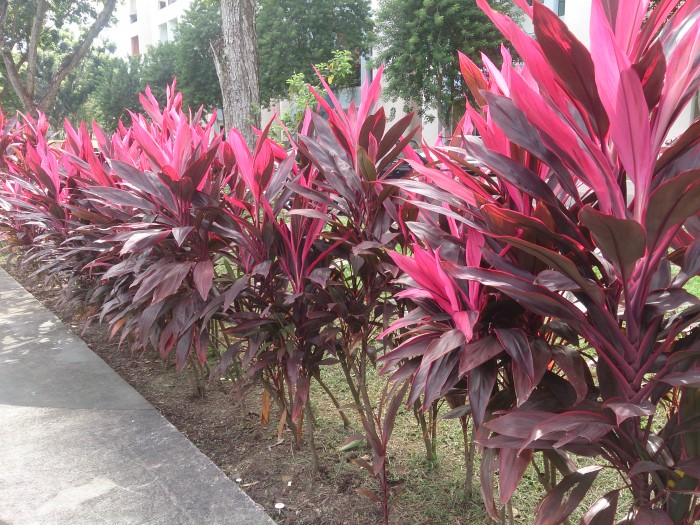The latest Environment and Society featured article is now available! This month’s article—”Boundary Plants, the Social Production of Space, and Vegetative Agency in Agrarian Societies”—comes from Volume 7 (2016). In his article, Michael Sheridan surveys botanical boundaries in classic ethnography, outlines social science approaches to boundary objects, and describes new theoretical work on space, place, and agency.
Visit the featured article page to download your copy of the article today before it’s gone! A new article is featured every month.

MICHAEL SHERIDAN, after building water pipelines as a Peace Corps Volunteer in Kenya, received his PhD in Anthropology and African Studies from Boston University in 2001. He now teaches anthropology at Middlebury College. Much of his work concerns the culture and politics of environmental management in sub-Saharan Africa. In 2014–2015 his work on boundary plants took him to Cameroon, Tanzania, St. Vincent, Papua New Guinea, and French Polynesia.
